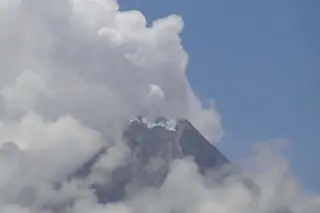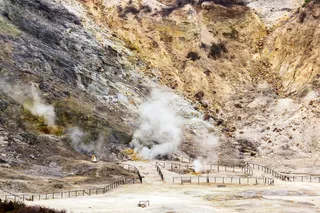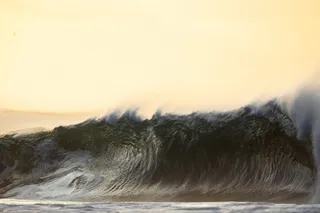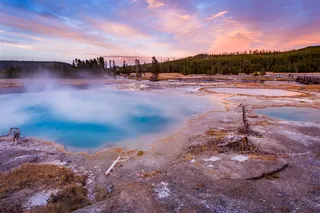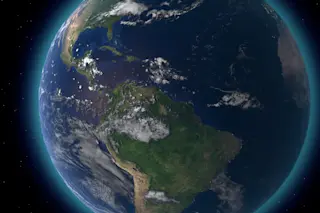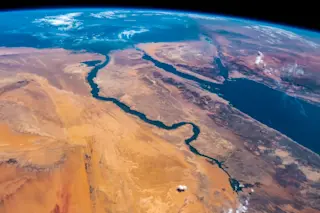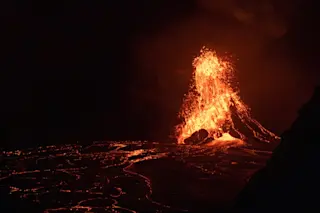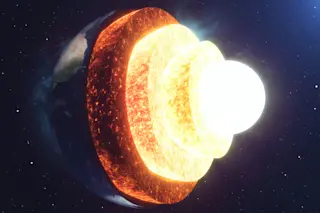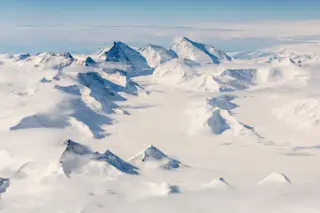The steaming summit of Mayon seen on May 7, 2013, where a small phreatic explosion killed 5 climbers. Image: From video by rmlorayes / YouTube. Volcanoes are dangerous places. Even if it has been quiet for months, years, decades or longer, hazards abound. Even if there is no eruption ongoing, their slopes are unstable, in many cases hot gases or fluids escape from the ground, the rocks are barren and jagged, their summit can tower thousands of meters above the landscape. When an eruption is occurring, not surprisingly, they shouldn't be approached -- at least not for sport. Explosions can unexpectedly occur even if the volcano has offered no signs that such an event might occur and even small explosions can be deadly. When you hike or climb to the crater of an volcano, you need to be aware of the risk -- that you might not come back, even if the volcano looks as tranquil as it can be. Yesterday, at Mayon in the Philippines, five climbers lost their lives when a small explosion occurred at the summit. The climbers, some of the 27 that were an Mayon at the time of the explosion, were likely killed by falling debris in the form of rocks that measured meters across. The eruption itself was fairly benign as PHIVOLCS thinks it was a phreatic, or steam-driven, explosion that lasted only a little over one minute. This style of eruption are caused when water that seeps into the volcano heats up enough to flash into steam, causing an overpressure to the rocks above. Once that pressure is high enough, an explosion occurs, sending rocks and volcanic ash up to hundreds to thousands of meters above the crater and downslope. There isn't any new magma in this material (usually, although we don't know for sure with this explosion at Mayon) as the eruption is driven entirely by the force of the steam explosion -- this means there is little-to-no warning such as earthquakes before a phreatic explosion. This explosion was the first explosive activity at Mayon since 2010. Even with this explosion at Mayon and the fatalities, PHIVOLCS has not changed the alert status as there are no other signs that any eruption is in the works -- this was likely a single steam-driven explosion, not a precursory event. The summit is still steaming (above) from this explosion, as video taken yesterday shows. Small eruptions like this might be some of the most dangerous at an active volcano like Mayon. They are close to unpredictable and even if the volcano looks quiet, they can happen if water is seeping into the heated interior of the volcano. The 1993 eruption of Galeras in Colombia that killed 9 volcanologists and tourists was another small explosion (albeit with some precursory activity as it was not a phreatic explosion) when people got too comfortable with hiking and working on the slopes of an active volcano. I get a lot of emails and tweets asking "I'm going to [name of volcano], is it safe?" Now, this is a tough question for me to answer. The short answer is always "no" -- no volcano, active or not, is truly "safe". However, if you take the proper precaution, you can decrease your risk. Some tips for hiking/climbing on volcanoes (or almost anywhere):
Always check with the local authorities or volcano observatory about any hazards (volcanic or not) at the volcano. Be educated about the safest routes on the volcano.
Always check with these groups about any precursory signs of activity that you might expect or might already be going on. If you see the signs, then return to base.
Be prepared -- at the summit of the volcano, a hardhat is a good idea in case you do run into falling debris. The hardhat is one of the recommendations made after the 1993 Galeras deaths that gave rise to the IAVCEI safety guidelines for volcanologists and hikers on volcanoes (a must read).
Let people know where you are going and when you'll be back.
Don't hike alone. Travel with someone so injuries can be attended.
Carry a first aid kit and a way to contact help (whether it be a mobile phone, radio, beacon).
Carry gear that would allow you to stay warm if you have to stop or are unable to go on (due to injury to you or your party).
Readers: if I've missed anything, add a comment below and I can add to the list. Remember, volcanoes are amazing. They're also dangerous. You need to know the risks and be prepared, but even that might not be enough to keep you safe. It is the inherent unpredictably of volcanoes that can make them so fascinating, but also deadly.


